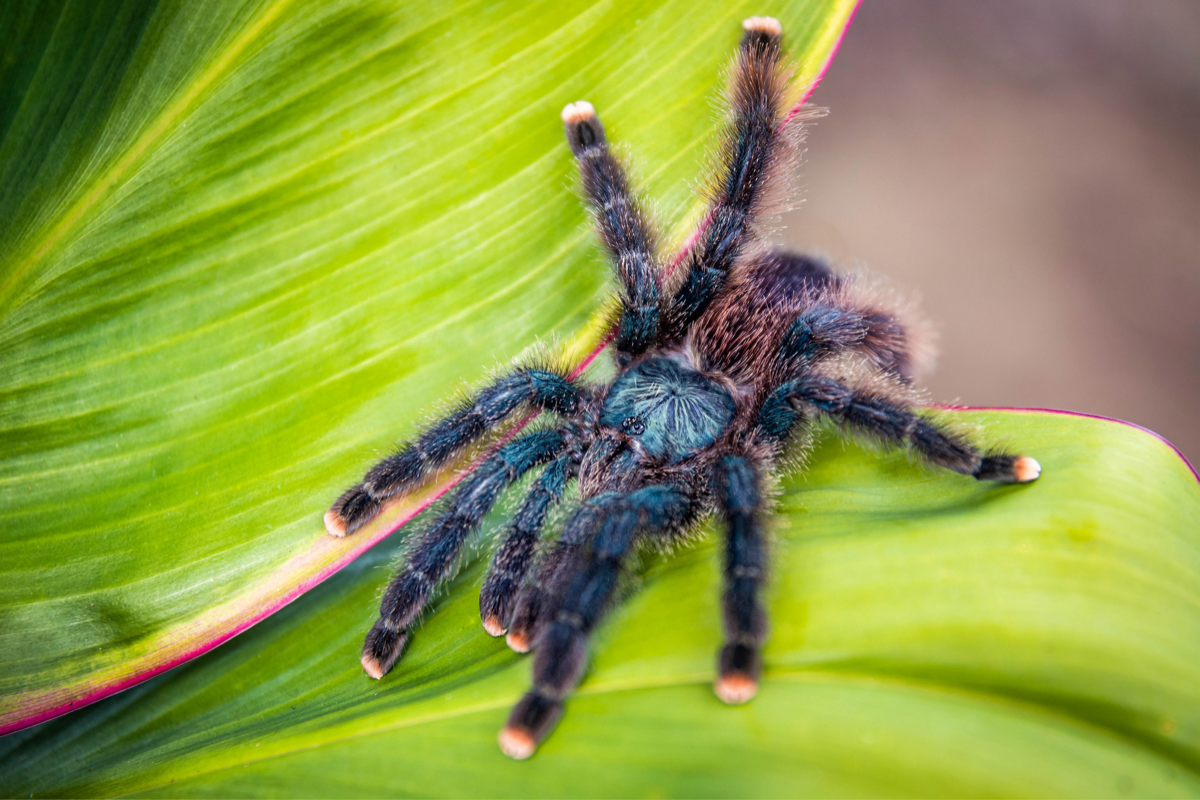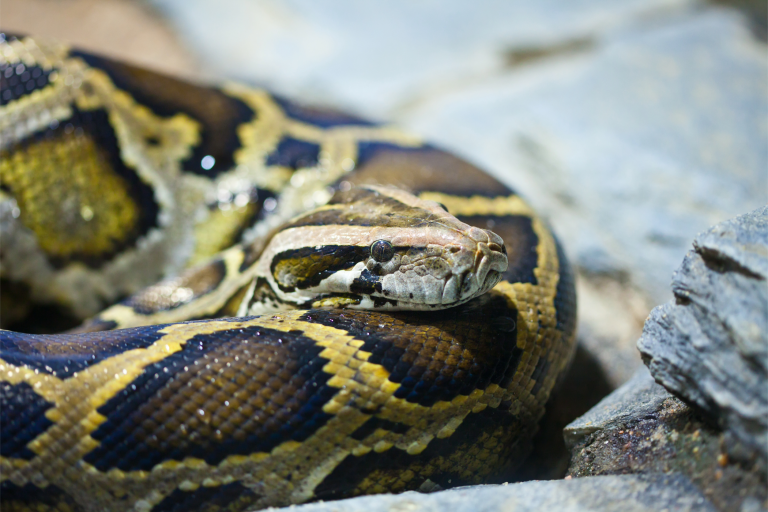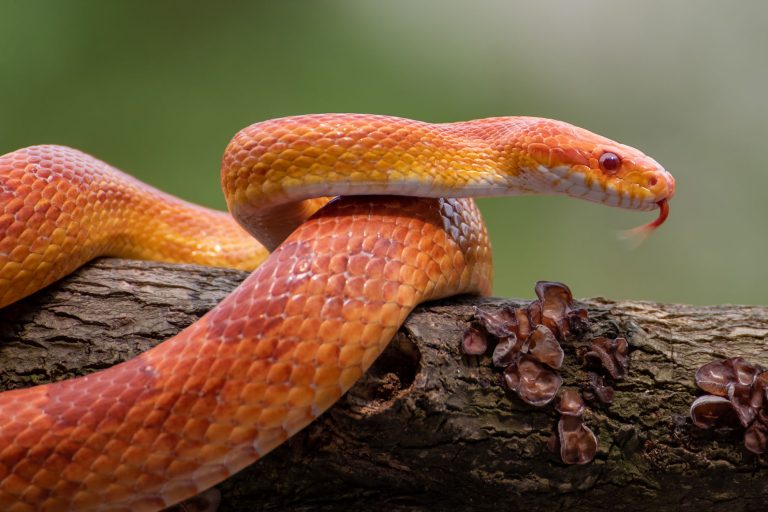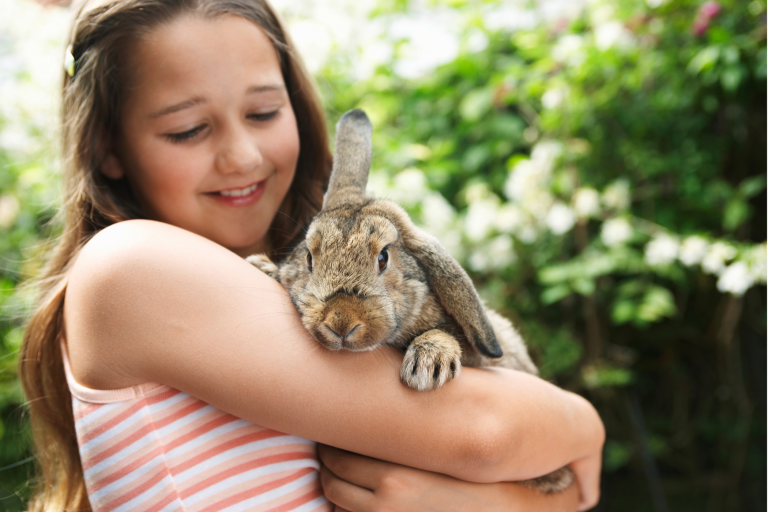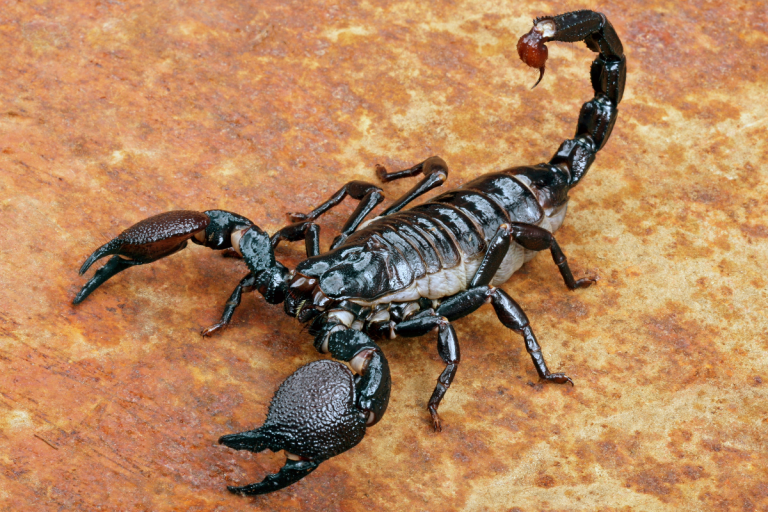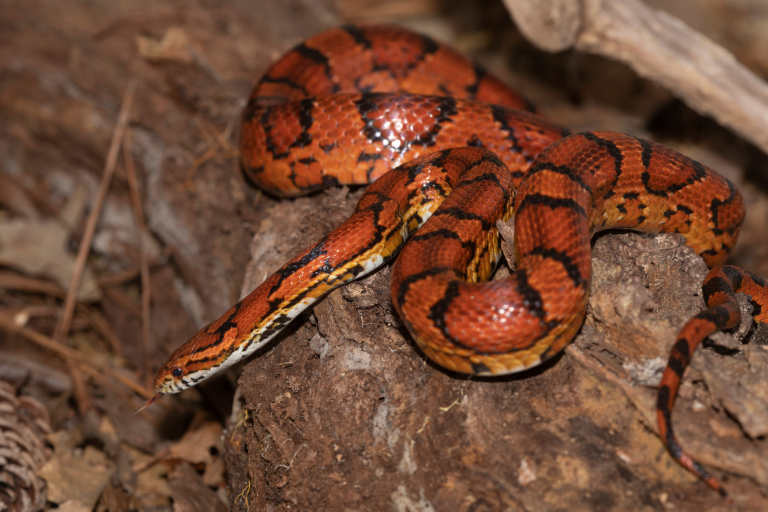A Comprehensive Guide to Pink Toe Tarantula Care
Introduction
The pink toe tarantula (Avicularia avicularia), also known as the Guyana pinktoe, is a stunning and popular arboreal tarantula species native to South America. Its striking appearance and docile nature make it a sought-after choice for tarantula enthusiasts. If you’re considering bringing a pink toe tarantula into your home, this comprehensive care guide will provide you with all the information you need to ensure the well-being of your eight-legged friend.
They are both beautiful and inexpensive, so pink toes are ideal for beginners. Although, watch out! They can leap out of your grasp if they don’t want to be handled.
Habitat Setup
Create the right environment, which is crucial for your pink toe tarantula’s health and happiness:
- Terrarium: A vertical terrarium is ideal for this arboreal species. It should be taller than it is wide, offering ample climbing space. A 10-gallon tank is a good starting point.
- Substrate: Use a mix of coconut fiber, peat moss, and vermiculite as the substrate. This helps maintain humidity while allowing your tarantula to burrow if desired.
- Climbing Structures: Provide branches, cork bark, and other vertical structures for climbing and web-building.
Temperature and Humidity
Maintaining the right temperature and humidity levels is essential for your pink toe tarantula’s well-being:
- Temperature: Keep the terrarium between 75-80°F (24-27°C) during the day and slightly cooler at night.
- Humidity: Maintain humidity levels around 70-80%. Mist the enclosure regularly to keep the substrate and the terrarium walls moist. Tarantulas in general do not like to be sprayed directly with water.
Feeding and Diet
Pink toe tarantulas require a diet of live insects:
- Food: Offer appropriately-sized live insects such as crickets, roaches, and fruit flies. The prey should be about half the size of the tarantula’s body.
- Feeding Frequency: Younger tarantulas should be fed more frequently (2-3 times a week), while adults can be fed 1-2 times a week.
Handling and Interaction
Pink toe tarantulas are generally docile, but they are delicate creatures that can be prone to stress:
- Handling: It’s best to avoid handling them unless necessary. If you need to move them, use a soft paintbrush or container to gently guide them.
- Stress: Excessive handling can stress your tarantula and lead to health issues, so minimal interaction is recommended.
Molting and Growth
Tarantulas molt to grow and regenerate:
- Molting: Before molting, your tarantula might stop eating, become more reclusive, and develop a darkened abdomen. Provide a hide for privacy during this time. It’s really important to keep the humidity up during this time so the molt goes smoothly.
- Molt Care: After molting, avoid disturbing your tarantula until its exoskeleton hardens. Don’t feed for at least a couple days. Offer a small prey item after a successful molt to stimulate feeding.
- Sexing: It is difficult to sex tarantulas. The males have a much short lifespan (2-3 years) than the females (up to 15 yers). When males have their final molt they become what is know as an ultimate male. You will be able to see tibial hooks on their pedipalps, which are using to hold back the female during mating. The female will try to kill and eat the male if they are not held back.
Health and Maintenance
Monitoring your tarantula’s health is important:
- Regular Observation: Observe your tarantula’s behavior, appetite, and appearance regularly to spot any abnormalities.
- Signs of Health Issues: Look for signs of lethargy, difficulty moving, changes in color, or excessive webbing.
Avoid Common Mistakes
- Overhandling: Excessive handling can stress the tarantula, leading to defensive behavior or even injury.
- Inadequate Humidity: Failing to maintain proper humidity can result in difficulties during molting.
- Wrong Substrate: Using improper substrate can impact humidity and burrowing behavior.
Conclusion
Caring for a pink toe tarantula can be a rewarding experience, offering insights into the fascinating world of arachnids. By creating a suitable habitat, maintaining proper temperature and humidity, providing a balanced diet, and respecting your tarantula’s natural behaviors, you can ensure a healthy and content life for your pink toe companion. Remember, patience and careful observation will help you build a strong bond with your tarantula while ensuring its well-being.


